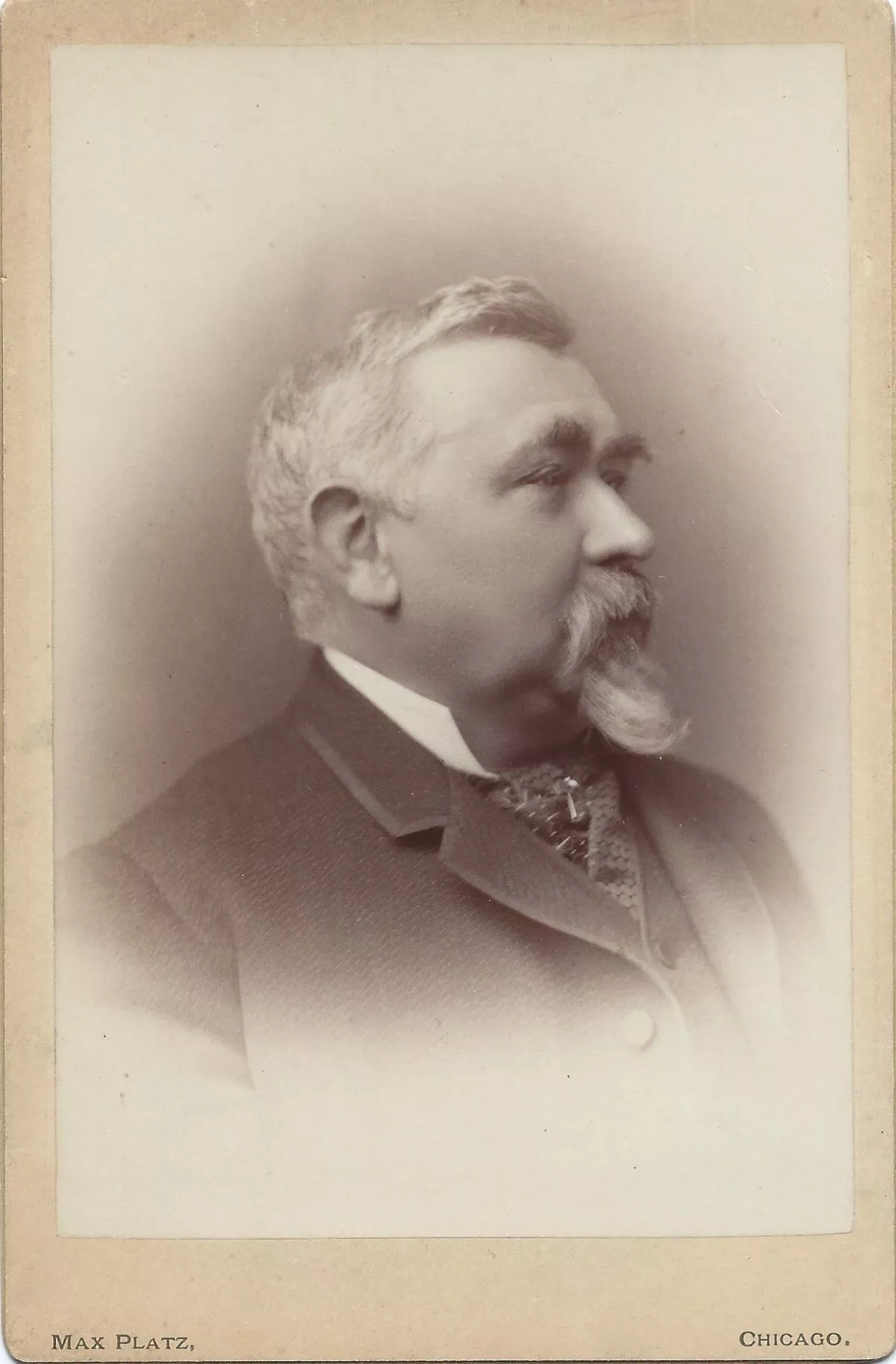 1.
1. Hermann Raster was an American editor, abolitionist, writer, and anti-temperance political boss who served as chief editor and part-owner of the Illinois Staats-Zeitung, a widely circulated newspaper in the German language in the United States, between 1867 and 1891.